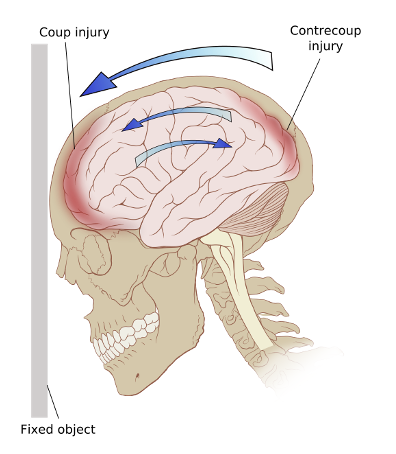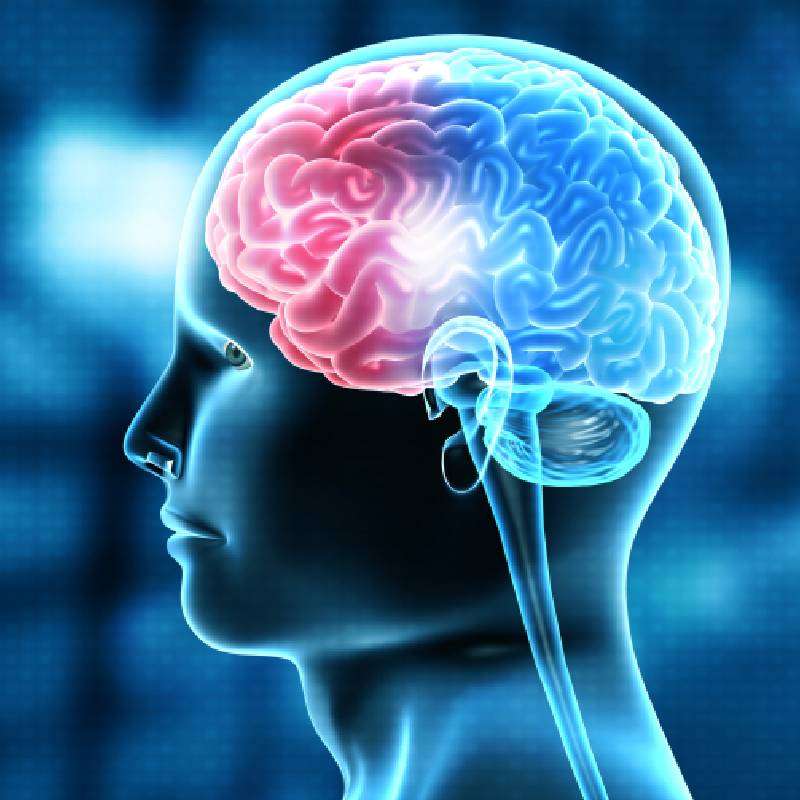Physical Therapy For Head Injury Glendale AZ
Post-Concussion
Anatomy
A concussion is a complex pathophysiological process affecting the brain, induced by biomechanical forces or trauma. “Concussions occur from forces applied directly or indirectly to the skull that result in rapid acceleration and deceleration of the brain. The sudden change in cerebral velocity elicits neuronal shearing, which produces changes in ionic balance and metabolism. When accompanied by clinical signs and symptoms, changes at the cellular level are commonly referred to as a mild traumatic brain injury, or concussion” (Broglio, et al.).

Who is at risk
Patients that can experience quick head movements that elicits this biomechanical force to the brain, this includes American football, hockey, boxing, UFC, soccer, gymnastics, cheerleading, wrestling, patients involved in motor vehicle accidents, falls from height etc. 3.8 million sports related concussion occur each year.
Common Symptoms of Concussion
- Confusion
- Loss of consciousness
- Post-traumatic amnesia
- Retrograde amnesia
- Imbalance
- Dizziness
- Visual problems
- Cognitive Dysfunction
- Fatigue
- Sensitivity to light/noise
- Numbness
- Vomiting
Signs to Watch Out for Over the First 48 Hours:
- Headache that gets worse
- Very drowsy or can’t be awakened
- Can’t recognize people or places
- Repeat vomiting
- Behave unusually or seem confusion or very irritability
- Seizure
- Numbness or weakness in arms or legs
- Unsteady on feet
- Slurred speed
If any of these changes are noted contact doctor or nearest hospital emergency department immediately
How PT can help:
Which Would Include:
- Team physician
- Athletic trainer
- Parent
- Coach
- Physical Therapist
- Neurologis
PT’s Focus on the Following Areas of Need
- Dizziness
- Balance and Postural Instability
- Cervical Pathology
- Motion Sensitivity
- BPPV
- Vestibular dysfunction

